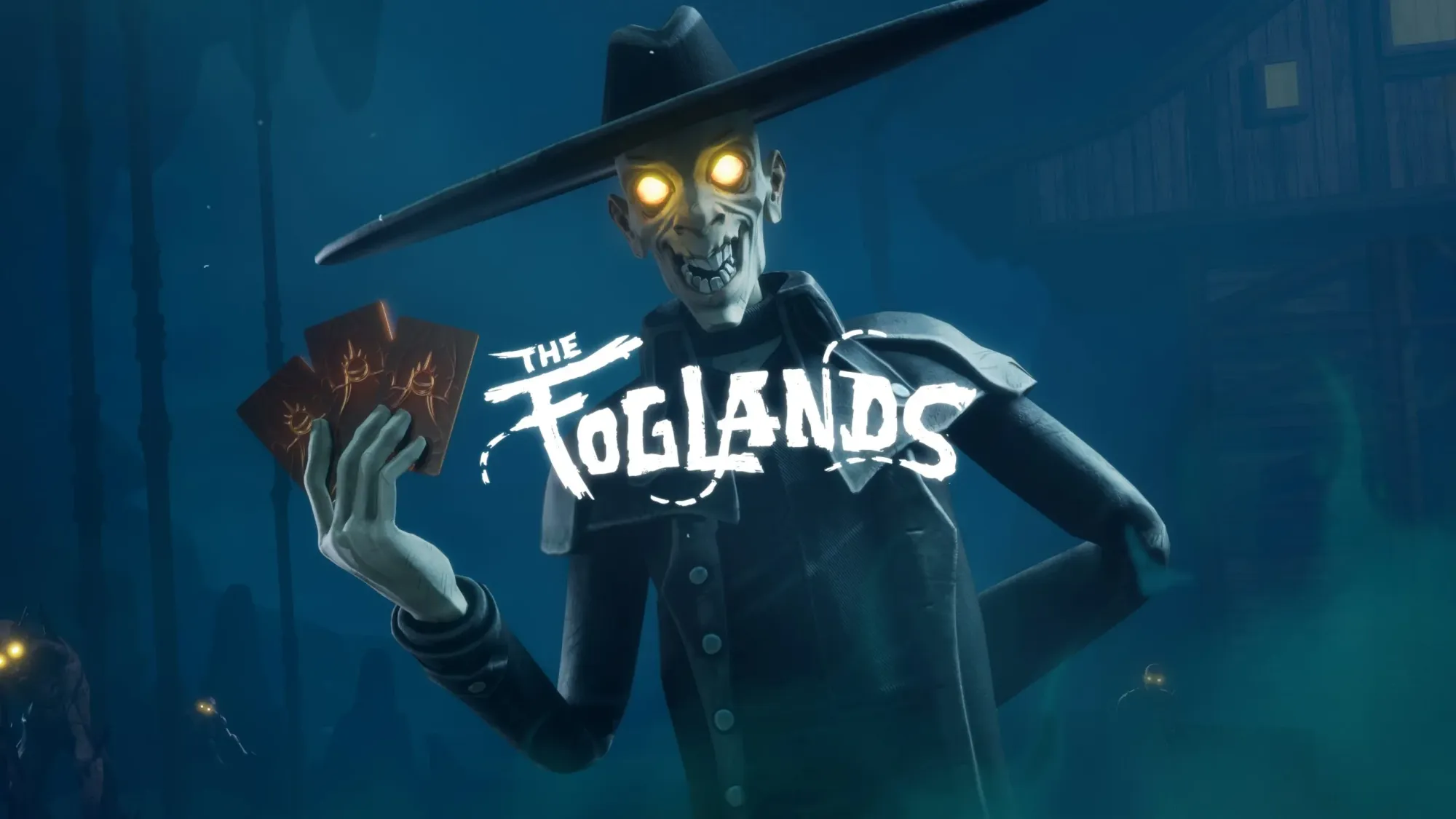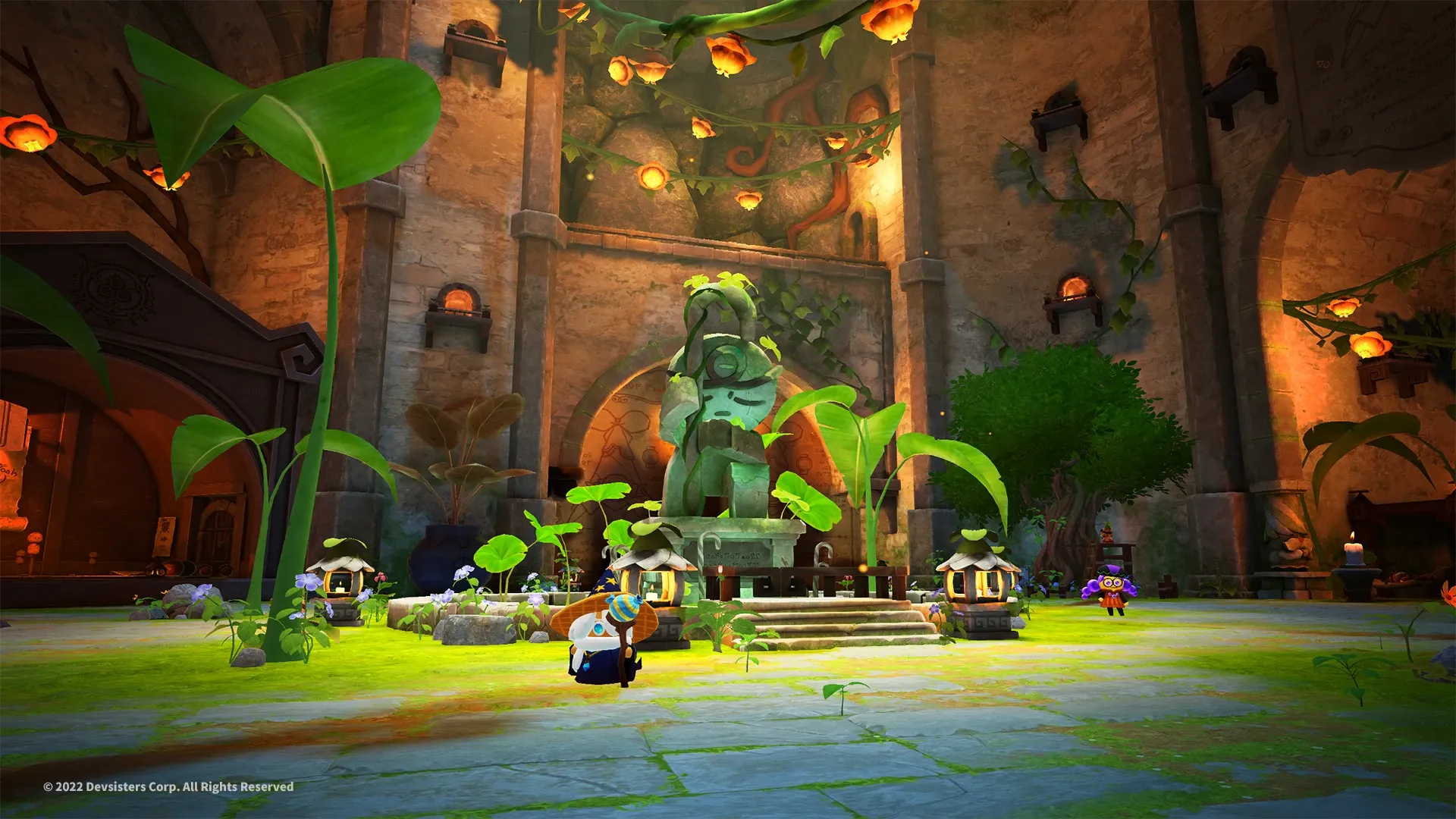One might be forgiven for groaning at news of another roguelike shooter landing on Quest headsets.
Despite the quality and nuance available within the genre, their popularity has made them somewhat ubiquitous in standalone VR. With stiff competition from standout titles like In Death: Unchained, Ghost Signal and The Light Brigade, launching a successful new iteration of this tried-and-tested formula is no easy feat.
With the threat of roguelike fatigue looming, we ventured into the darkness of The Foglands to see if developers Well Told Entertainment have captured the magic that thrust the genre into the limelight or fallen down the mineshaft of obscurity.
Platforms: Quest, PSVR 2 (Review conducted on Quest 3)
Release Date: Out now
Developer: Well Told Entertainment
Price: $34.99
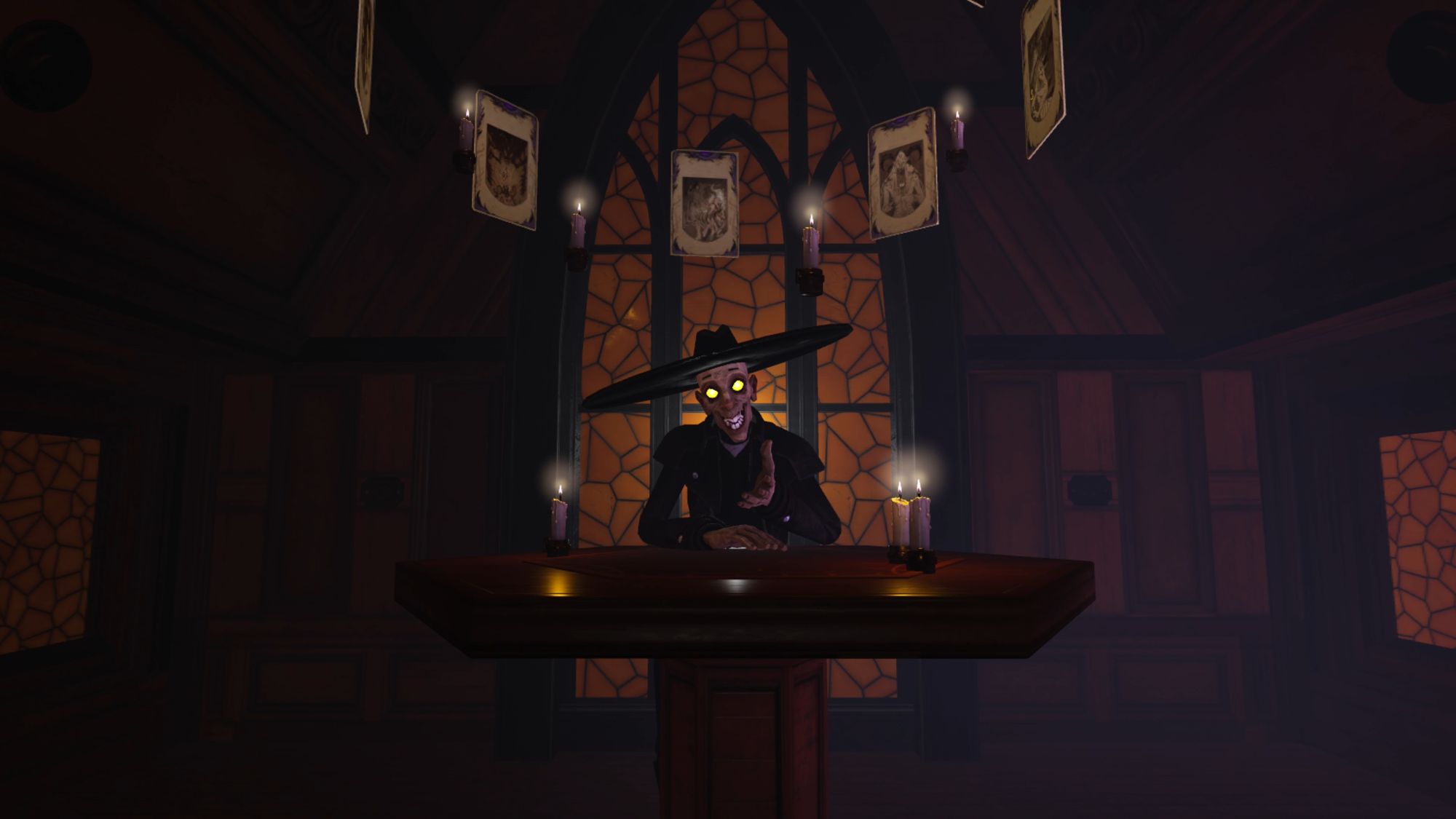
Howdy Partner
The Foglands sees the player enter a post-apocalyptic world where the last bastion of civilization is forced to live underground. Embodying a newly-recruited ‘runner’ by the name of Jim, players will embark on a career of scavenging and survival amongst the dangers of the Foglands.
In fairly predictable fashion, your first run sees you meet an inevitably grisly demise, upon which a shadowy figure appears offering a version of immortality … for a price. This narrative conceit provides an adequate set-up to explain away the ‘Live, Die, Repeat’ repetition that is synonymous with the genre. Without further ado, you begin your grind towards infamy, glory and the centre of the earth.
One thing that The Foglands does reasonably well is provide mild world building that helps develop a sense of character. Each successive run reveals just a little more of the lore surrounding the ruinous world of the Foglands. This lends a slight emotional resonance to the proceedings and breaks up some of the monotony that the early stages of a roguelike can suffer from.
Sadly, this is one of the only things that The Foglands does well.
Reach for the Sky
The combat – the very essence of a roguelike shooter – is flimsy at best.
The gunplay is woefully weightless, offering a limited selection of bland weapons that quickly become tedious to use. The enemy animations (or lack thereof) rob your attacks of any impact and enemy attacks are obfuscated by muddy motions that feel confusing and unfair.
Recoil has no visual cue to indicate that it is, in fact, recoil. Shots simply veer in random directions while your gun stays in place, robbing each shot of its grounding in the game world and transforming the gunplay into an exercise in frustration. Compared to a game like The Light Brigade, which makes every interaction feel solid and grounded, combat in The Foglands just comes off as insubstantial.
The holstering system is another severe annoyance, hovering just far enough away from the players’ body to get in the way of almost every interaction. Grabbing items is finicky and unintuitive, as is throwing them. All of this adds up to an experience where every small interaction feels harder than it should be.
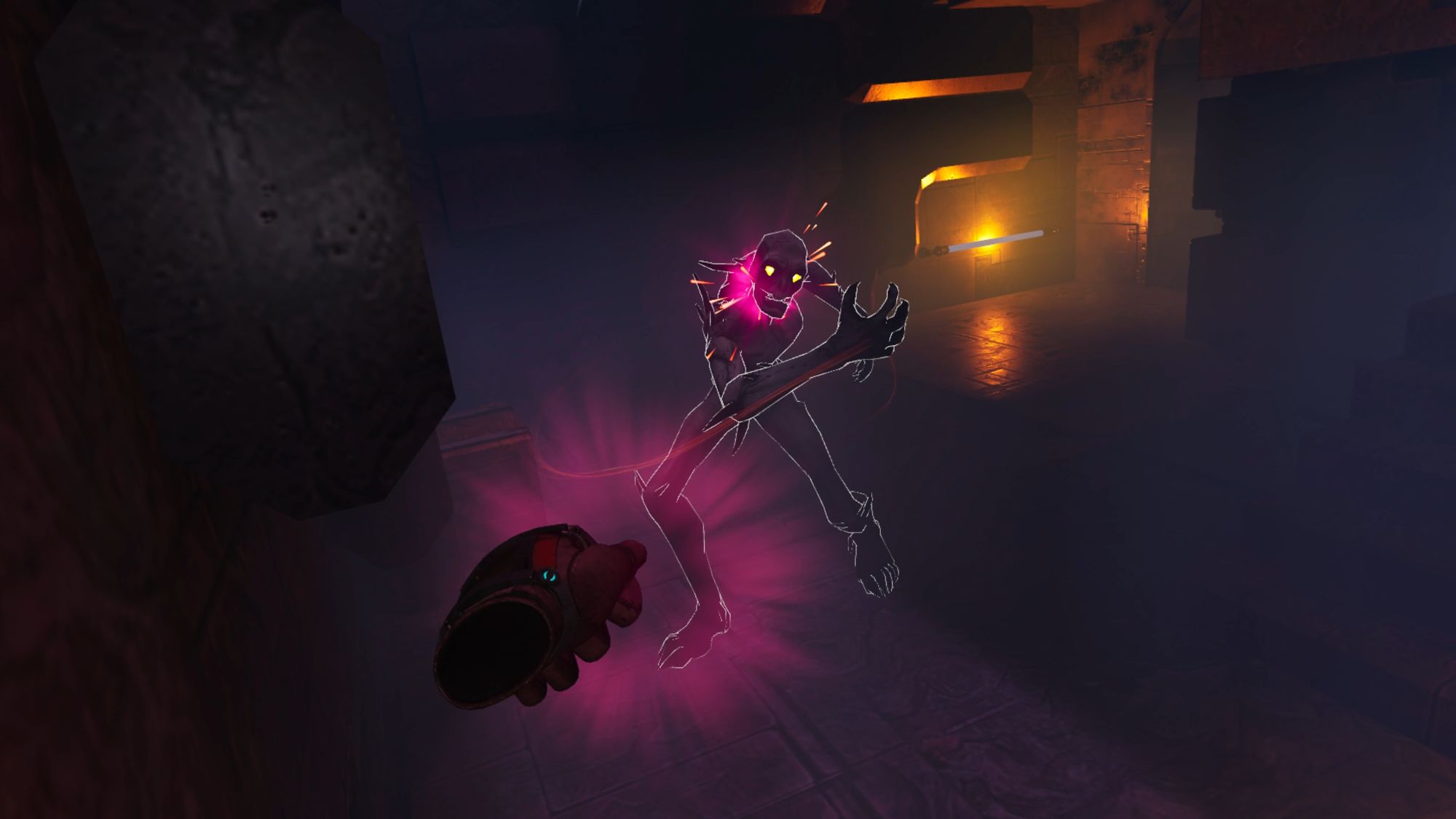
Shallow Grave
Despite hitting all of the popular tropes of the genre, The Foglands fails to land any of them with impact. There are randomised power-ups, the ability to increase your stats over time and a procedurally-generated mix of rooms and environments – it’s all there, but unfortunately none of it feels satisfying.
The upgrades are trivial, providing a range of unimaginative boosts that fail to stack up nor create a meaningful sense of power. Enemy types start out basic and increase in quantity and quality over successive runs, but the AI behind them is woeful and the small amount of variety on offer quickly becomes stale.
In a bizarre design choice, loading screens are interspersed at seemingly random intervals throughout levels. Whereas most games use doors as logical loading points, The Foglands inserts loading points at seemingly arbitrary points in the middle of rooms and hallways. It’s difficult to describe the frustration that occurs the 50th time you walk into a corridor knowing it has no purpose other than performing a load screen sneak attack on you.
If Looks Could Kill
Visually, The Foglands is a tale of two halves.
The art direction shows some real talent, with an interesting and evolving combination of the Old West and post-apocalyptic themes. Although initially dull, the warren-like caverns of the underground civilisation eventually begin to evolve and give way to a broadly enjoyable pallet of spaces.
Unfortunately, the promise shown in the art direction is sorely let down by the technical execution. Textures are muddy and inconsistent throughout the game, often hovering awkwardly out of place from their intended location. Walls and floors don’t line up correctly, with visible cracks between joints and the base of walls often misaligned with the topography they sit against.
Character animations are also short of the mark – they move haltingly through the game world, often misaligned with the surfaces that they exist upon. The shortcomings in animation are particularly noticeable during combat, as it becomes almost impossible to predict where gunfire will come from. Far from adding a sense of challenge, this lack of visual refinement makes the combat feel sloppy and unfair.
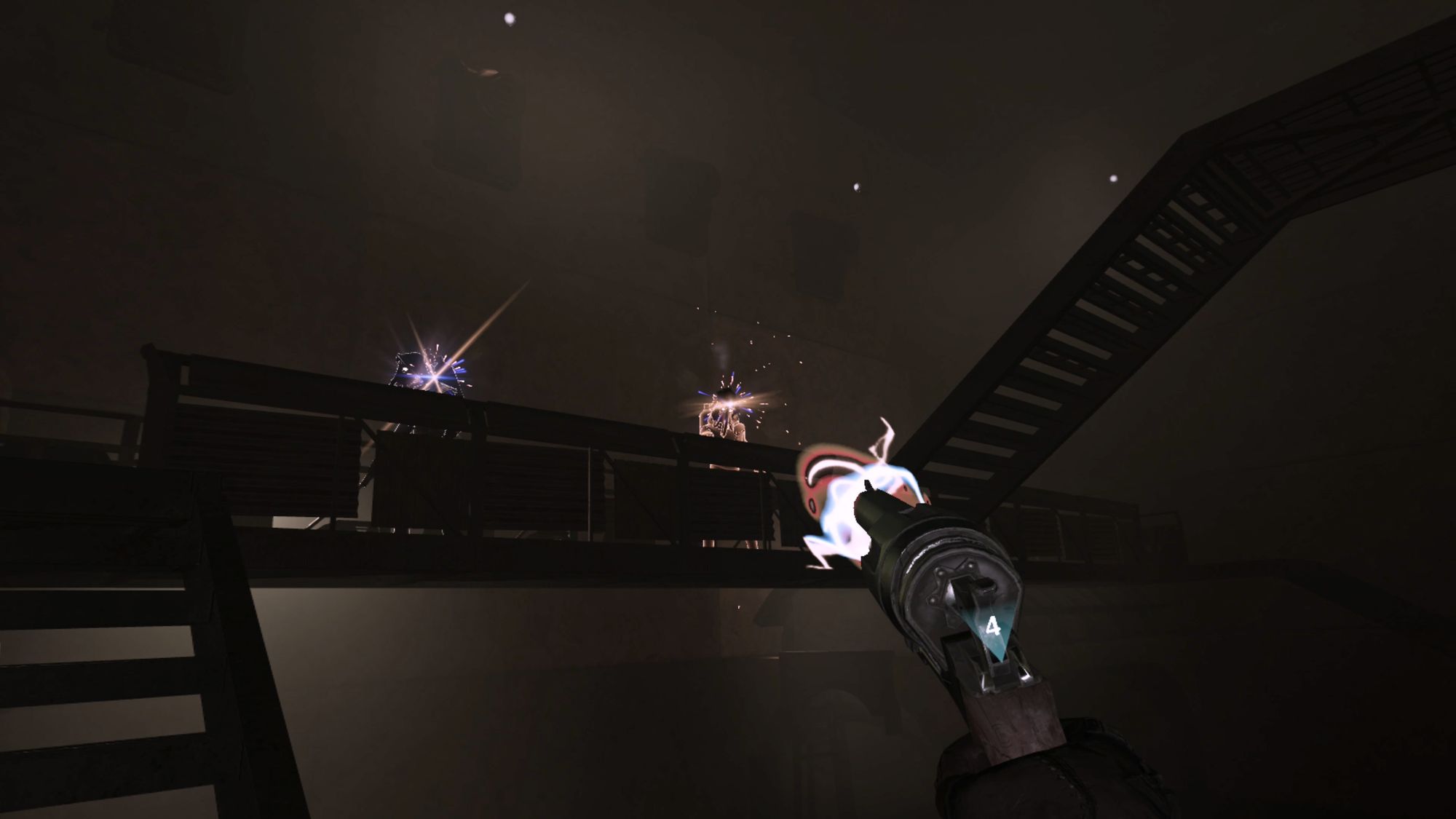
Wild, Wild West
As with the visuals, the sound design contains some truly promising elements that are ultimately let down by poor delivery. The soundtrack is actually very good, featuring a score that begins deceptively sparse but evolves as the player progresses, revealing its depth over subsequent runs. With each run new, instrumental motifs unfold and blend dark slide guitar and harmonica riffs with crunchy industrial beats to create tension and character.
Sadly, the score is let down by almost every other component of the sound design. Sound effects are hollow and lacklustre. Gunshots give no sense of weight or impact, leaving combat feeling shallow and empty. In fact, outside of the score, the sound design achieves only the most basic functionality without enriching the game world in any meaningful way.
The Foglands – Comfort
The Foglands exclusively offers artificial locomotion for movement, but also provides comfort options including smooth and snap turning modes, as well as vignetting support. Movement in The Foglands is slow enough that a basic ability to withstand artificial locomotion in VR should be enough for most to get by, but those particularly sensitive to motion sickness should still be cautious.
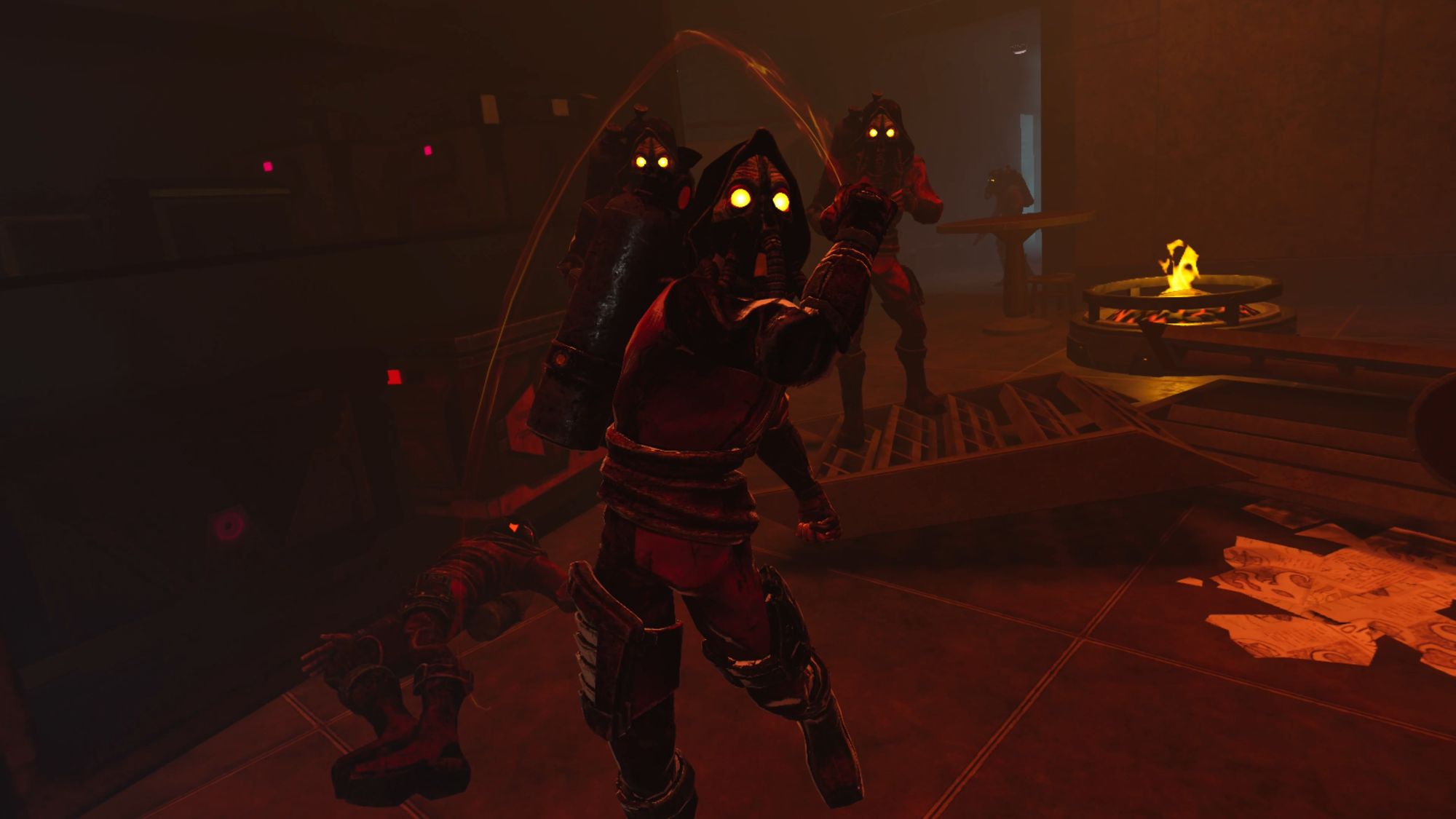
The Foglands Review – Final Verdict
Despite some encouraging art direction and a well-crafted, evolving soundtrack, The Foglands is otherwise difficult to recommend. Offering a gameplay loop that feels listless and repetitive from the very beginning, The Foglands disappears under the pantheon of other roguelike titles without innovating or excelling on any level.

UploadVR uses a 5-Star rating system for our game reviews – you can read a breakdown of each star rating in our review guidelines.
